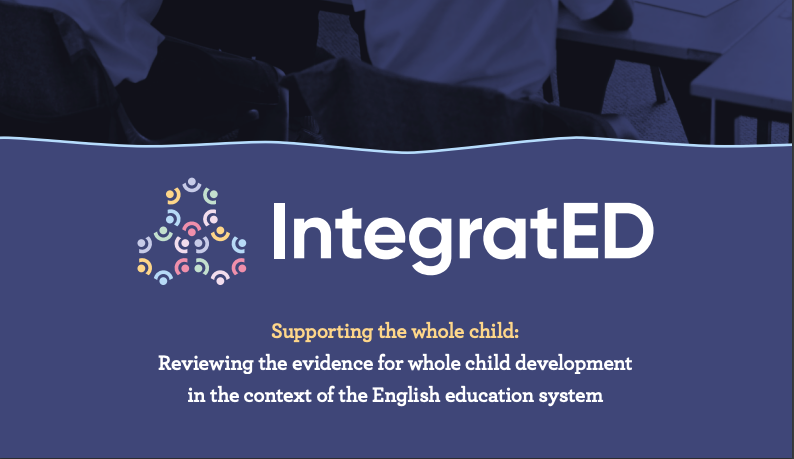
The government should publish all pupil moves into alternative provision, not just permanent exclusions, says Cath Murray, Alternative Provision Lead at the Centre for Social Justice
One bad thing that has come of all the press coverage of school exclusions is that some local authorities and schools are finding ways to hide what’s really happening.
It’s not surprising. The media is a blunt instrument, and no one wants to be at the top of the league table for rates of permanent exclusion (PX).
It is somewhat ironic, however, since it’s possibly the safest time in decades to legally remove children from your school. The government has been furiously signalling its support of headteachers to exclude – even to the point of trying to hand them powers they already have.
Still, some local authorities, trusts and schools are tripping over themselves to reduce their PX rates, and measures range from the genuinely well-meaning (outreach and prevention) to the definitely debatable (long-term dual rolling with AP, “managed moves” to AP ) and downright disingenuous (off-rolling).
It's easy for data-crunchers like me to sit in judgment, but the decisions are not actually black and white. On the ground, it can seem like it's in the interests of almost everyone to keep exclusions unofficial. Local authorities and schools may be worried about topping tables but equally, parents often worry that a PX will plague their child’s future prospects, like a criminal record.
And here the interests of researchers may collide with those of parents and young people. A managed move into AP can feel less brutal than a PX. Yet these children become invisible in the data.
The problem is that government records of how many children are being educated in AP are incredibly obscure, which means PX rates are one of the only ways we have of understanding what’s going on. And if more local authorities adopt “managed moves to AP” as standard, the press will report that exclusions are going down, and it will only get harder to check what’s actually happening.
The government could easily solve this, though. Alongside its annual exclusions data, it could publish all pupil moves into AP. That’s why today we’re publishing our revised league table of exclusion rates, by local authority, and calling on the government to do the same.
Permanent exclusion rates by local authority tend to be seen as the final word. So it’s accepted that Redcar and Cleveland, Tameside and Torbay top the league table, whereas Leeds and Cambridgeshire are right at the bottom.
But using data providing by Education Policy Institute from their research into unexplained exits from schools, we’ve modelled a more accurate table that includes all moves into AP for the 2012-2017 cohort of pupils.
When you add in these numbers, there are some dramatic shifts. Knowsley jumps from no 111 in the table to no 2.
Islington moves from 75th to first place.
There are some limitations with the data. Due to the way pupil numbers in AP are recorded by the DfE, these statistics aren’t wholly accurate and may include some moves into independent special schools. But we believe they give a more accurate picture than PX rates alone.
Alongside the PX rate, the Department for Education should publish the rate of moves into AP. And the headline figure should be the combined rate, to acknowledge the fact that a permanent move onto the roll of an AP is an exclusion by another name.
It’s a simple change for the Department for Education, but one that would remove the incentive for local authorities, schools or multi-academy trusts to use administrative tricks to hide the real picture of school exclusions.



